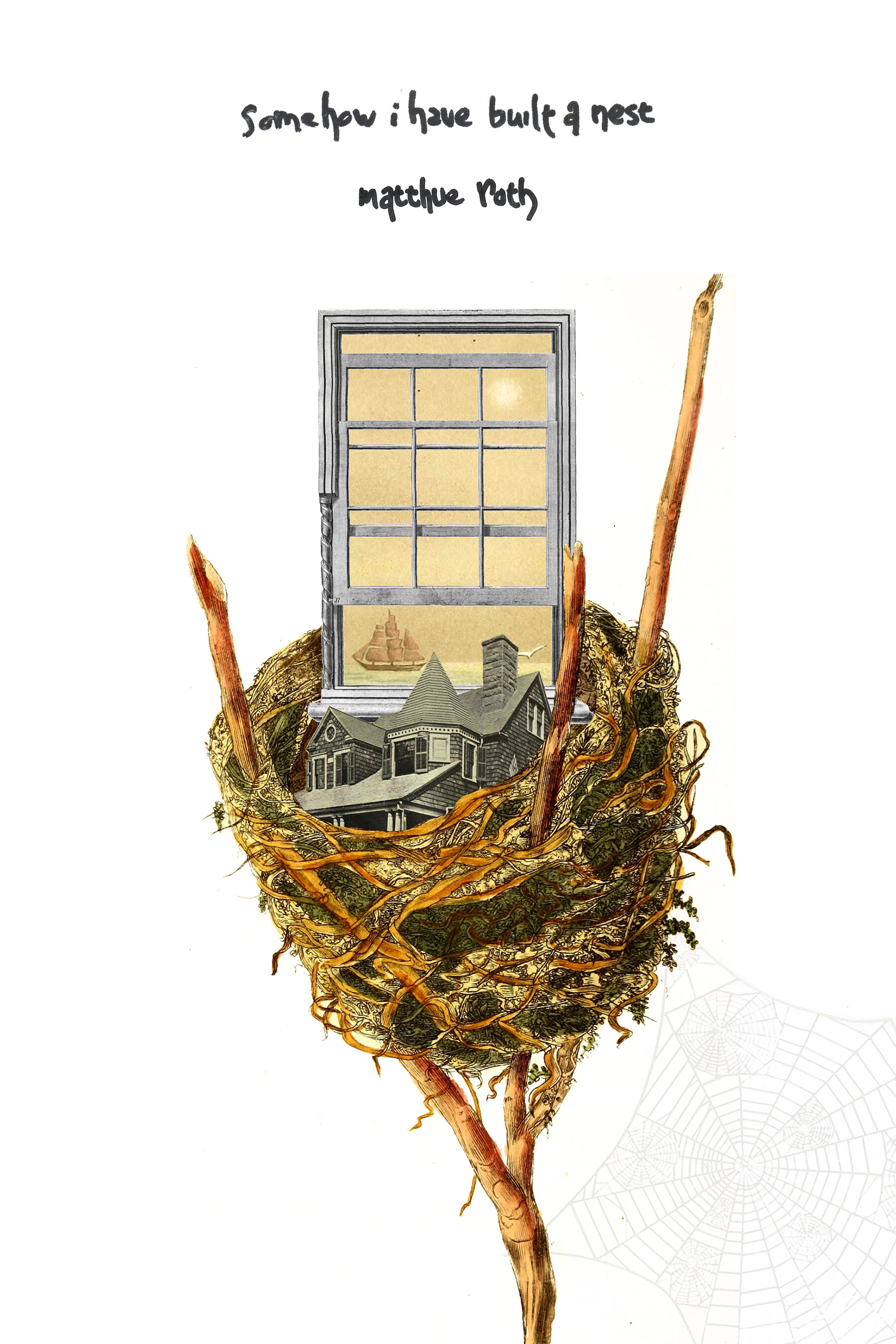When I lived in San Francisco, I didn't have much going on in the way of hospitality -- mainly because I had so much going on in the way of running to concerts and readings and bars and keeping myself sleep-deprived after hours.

My one respite from the constant influx of alcohol and art was to throw Friday night Shabbat dinners. I could spend pages telling you about it, but I actually already wrote a book about it, so I'll skip that part for now. At any rate, when I was out-cooked, around the time of the holidays, I used to go to the local rabbi's house for Rosh Hashana dinner and Passover seders and stuff.
Always, without exception, there was a formidable crowd -- a combination of local families stopping by, semi-detached 20somethings looking for a free and decent meal, and the odd traveler. One of those travelers, brought by a friend of his who owned a (fabulous) local bed and breakfast, Noe's Nest, was Robert Altman. "Oh, wow!" I gushed. "Like the dude who made all those movies!"
"I am not," he replied -- gallantly, and especially so, considering that, on a later occasion, he would (good-naturedly) rant that everyone mixed them up, and his web site was ranked higher on Google.
Robert, it turned out, was a cameraman in his own right -- and one of more than significant merits, having been the photo editor for Rolling Stone magazine for much of the Sixties. Through the meal, we sat next to each other, sticking out in both our career choices (him: photographer, me:
 professional poet) and attire (him: black mock turtleneck; me: probably something 20 years old and paisley) and not exactly fitting in with the rest of the crowd, although fitting in in the way that we were all of us mismatched, all of us more-or-less haphazardly tossed into the melting pot that is a Chabad House.
professional poet) and attire (him: black mock turtleneck; me: probably something 20 years old and paisley) and not exactly fitting in with the rest of the crowd, although fitting in in the way that we were all of us mismatched, all of us more-or-less haphazardly tossed into the melting pot that is a Chabad House.Through the meal, he kept joking that he wasn't really Jewish because he didn't keep kosher and this was his first Rosh Hashana meal in years. I kept telling him back: if he hasn't done any of that and he still remembers he's Jewish, he's doing better than most of us.
Flash forward the better part of a decade. I live in New York now, and walking down 35th Street on my way to work, I pass a bunch of familiar-looking black-and-white photos, iconic flashes of the '60s: they are familiar because they are the photographs of my childhood, but they're not only familiar because of that. They remind me of the first time I Googled Robert, really Googled him: a flood of images, some of them iconic, some of them just really damn good (check his portraiture of Tina Turner). That night, meeting him as just some random guy at an even randomer meal for the Jewish New Year, it seemed like a logical extension: just some well-dressed dude who had a knack for telling good stories and better jokes.
Back in San Francisco, we met up a bunch of times. I invited him to my poetry readings; he invited me to his parties -- including, for some reason, a huge exhibition inside an abandoned warehouse in SoMA where his sorts of people rarely if ever ventured and where my sort of people frolicked nonstop. They didn't expect to see some punk kid in a yarmulke and foot-long sidelocks, both more overtly Jewish and more overtly non-Jewish than they were (because most of them were Jews anyway)...but I think after a while I just became one more part of the landscape, one more odd person doing things his own way, just like the rest of them were.
In a side room, the photography on the wall shifted abruptly, and there were canvases scrawled with otherworldly abstractions -- some sort of Miro aliens with bodies made of different kinds of fabric. There was a guy who started talking to me, the artist of these paintings. Later, Robert told me he was the lead guitarist of one of the biggest bands of the '60s. He sold all his guitars and swore only to paint. Everyone said his painting was awful. Truthfully, though, I really liked it -- that is, until he tried to sell me one of them for $26,000. I told him I hadn't even owned $26,000 over the course of my life.
He threw his arm around my shoulders and gestured grandly to the painting. "Then you can look at them for free," he said. "This art, kid -- it's yours. For the next ten seconds, at least. Enjoy it while it lasts."
Robert Altman's series The Sixties is now showing at Macy's, 34th St. and Broadway in New York. He'll be signing books today from 5-6 p.m. -- I've got to pick up my kid from day care, but you should stop by and say hi for me.







 Just got my copy of Curt Leviant's translation of
Just got my copy of Curt Leviant's translation of 










